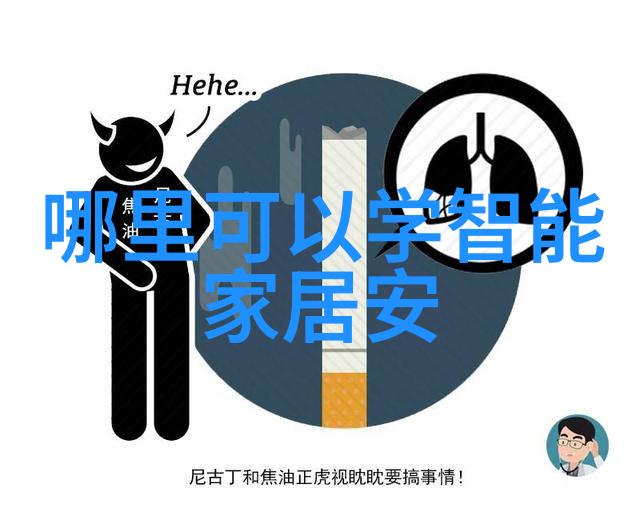在当今的工业生产中,污水处理成为了一个重要的问题。随着环保法规的日益严格,对于企业来说,如何高效、经济地处理工业废水已经成为摆在面前的难题。工业污水处理设备是解决这一问题的关键,它们能够有效去除废水中的有害物质,使得最终排放到环境中的废水达到了国家规定的标准。

1.1 工业污水处理设备概述
首先,我们需要了解什么是工业污生物和它们对环境的影响,以及为什么我们需要这些特殊的设备来处理它们。在没有任何预防措施的情况下,大量未经治疗的工业废水会导致河流、湖泊和地下 水质量恶化,这不仅破坏了自然生态,也威胁到了人类健康。

1.2 工业污染源
许多行业都产生大量有害物质,如化学品、重金属等,这些都是现代生活中不可或缺的一部分,但却对环境造成了巨大的压力。例如,石油加工厂、煤炭燃烧、大型制造工厂以及其他各种各样的工业活动都会产生大量有毒物质,这些物质如果不被妥善处理,将会对周围环境造成长期伤害。

2 工业污染治理技术与价格
为了应对这一挑战,一系列专门用于清洁和去除Industrial waste(I)Waters’ harmful substances (H) devices have been developed and implemented, such as sedimentation tanks, filtration systems, biological treatment processes, and chemical precipitation techniques.

2.1 Sedimentation Tanks
Sedimentation tanks are used to remove suspended solids from wastewater by allowing the particles to settle at the bottom of a tank. The size and cost of sedimentation tanks vary depending on the volume of wastewater being treated.

The cost of a sedimentation tank can range from $1000 to $50000 or more per unit, with larger units costing more.
2.2 Filtration Systems
Filtration systems are used to remove smaller particles that cannot be removed through sedimentation alone. They work by forcing the wastewater through filters that trap impurities.
The cost of filtration systems depends on their design complexity and scale: simple gravity-driven filters may cost around $1000 while complex membrane-based systems could cost upwards of $50k or even hundreds of thousands for large-scale industrial use.
3 Biological Treatment Processes
Biological treatment processes involve using microorganisms to break down organic pollutants in industrial waste water.
These treatments can be aerobic (using oxygen) or anaerobic (without oxygen), each has its own unique costs depending on factors like technology choice, installation requirements etc., but generally fall within a range from 10k up to 200k+ dollars per plant setup.
4 Chemical Precipitation Techniques
Chemical precipitation techniques use chemicals to bind with pollutants in industrial waste water so they can then be easily removed.
Costs associated with these methods depend heavily upon specific reagent choices & quantities needed for effective removals; however prices tend typically fall between 5-15 thousand dollars per application site based on usage levels.
In conclusion,
industrial pollution is an issue that needs urgent attention due to its potential long-lasting impact on our environment if left unchecked without proper management strategies in place — especially given rising global populations which demand greater resource consumption leading directly towards increased environmental degradation problems as well! Therefore it's crucial we invest wisely into appropriate technologies designed specifically for handling these types' hazardous materials effectively while minimizing overall expenses related thereto!